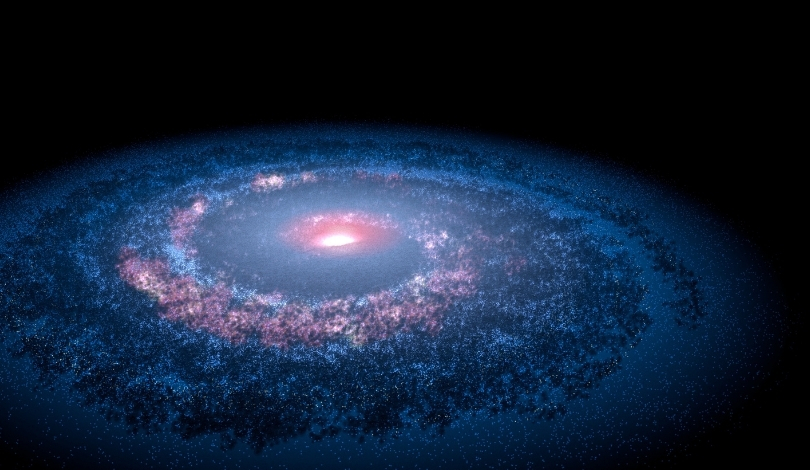The GALactic Archaeology with HERMES (GALAH) project, led by Australia’s ARC Centre of Excellence in All Sky Astrophysics in 3 Dimensions (ASTRO 3D), has unveiled its fourth data release (DR4). This significant release includes detailed chemical fingerprints for nearly one million stars within the Milky Way, marking a major milestone in the decade-long research initiative. The data was made public during the 50th anniversary celebration of the Anglo-Australian Telescope (AAT), highlighting the project’s pivotal role in advancing our understanding of the galaxy’s formation and evolution.
The GALAH DR4 builds upon previous releases, expanding from 300,000 stars in DR3 to almost one million in DR4. Earlier datasets provided crucial insights into the Milky Way’s evolution, the existence of exoplanets, and the discovery of hidden star clusters. The latest release is expected to further these discoveries, offering astronomers a more extensive dataset to explore the chemical and dynamical history of our galaxy.
How Does GALAH Utilize Advanced Spectroscopy?
GALAH employs the High Efficiency and Resolution Multi-Element Spectrograph (HERMES) alongside the 2-degree field (2dF) positioner on the AAT. This combination allows for the collection of high-resolution spectra from 392 stars simultaneously across two degrees of the sky. The detailed spectral data acts as “chemical fingerprints,” revealing the composition and origins of each star.
“Our work is focused on collecting as much quality data as we can,”
commented Sven Buder, a research fellow at ASTRO 3D.
What Insights Does DR4 Provide on Star Formation?
The DR4 dataset facilitates the determination of stellar ages and their migration patterns within the Milky Way. By analyzing the chemical signatures, astronomers can trace the timeline of the galaxy’s chemical enrichment and star formation rates over billions of years. This comprehensive data aids in constructing a detailed history of the Milky Way’s assembly and the processes that have shaped its current structure.
How Will DR4 Influence Future Research?
With nearly one million stars analyzed, DR4 is poised to be a cornerstone for future astronomical studies. The dataset not only enhances the ability to test existing theories but also serves as a foundation for developing new machine-learning tools tailored for astronomical research.
“It helps us understand how galaxies build mass over time,”
stated Professor Emma Ryan-Weber, Director of ASTRO 3D.
The GALAH project’s collaboration with missions like Gaia, Kepler, and CoRoT ensures a multi-faceted approach to studying the Milky Way. The integration of optical data from these missions with GALAH’s spectral data provides a more holistic view of stellar dynamics and galactic evolution. This synergy is expected to lead to groundbreaking discoveries and a deeper comprehension of our galaxy’s past and future.
The release of DR4 is anticipated to significantly impact the global astronomical community, fostering numerous scientific studies and enhancing the training of the next generation of astronomers. The comprehensive chemical and spectral data will enable researchers to uncover new aspects of the universe, contributing to our fundamental understanding of cosmic origins and development.










